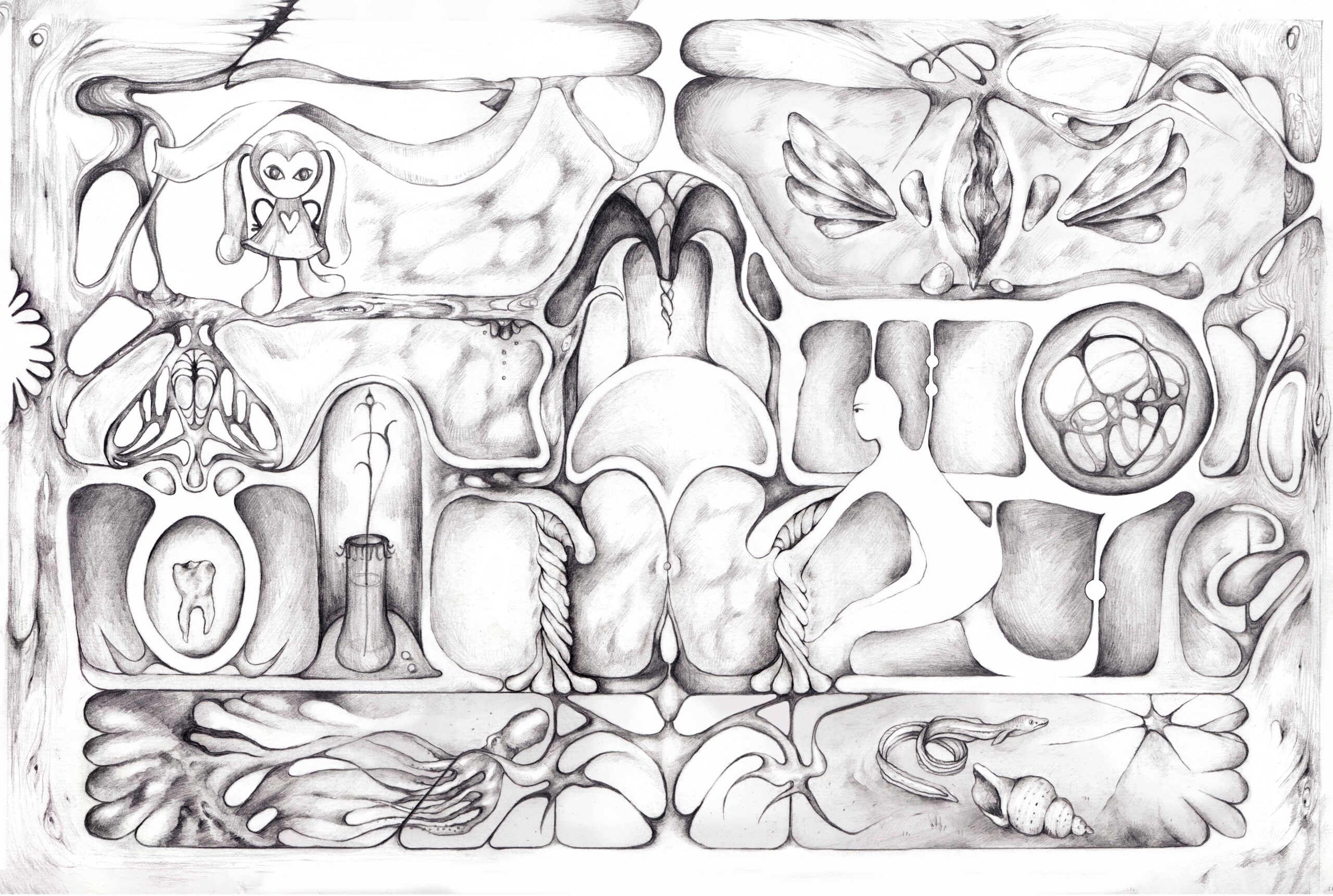Timelines are often used as tools for (re)arranging narratives about the past and equally so for creating future projections. Compiling a timeline also means including certain events, people and perspectives, and excluding others. Sometimes projected timelines become disrupted or broken due to historical and/or personal events – how do we refocus and re-evaluate to regain our bearings? Sometimes, shifting timelines can seem like an impossible task but focusing alternative and parallel timelines can also create new knowledge, contributing towards a new future.
Art historical timelines are tricky – artists and works are attached to and detached from the dominant timeline, be it due to the changing political, social or cultural circumstances. Eha Komissarov, a curator at the Art Museum of Estonia discusses the changes she has witnessed during her 50-year career and the successes and failures of contributing to shaping art historical timelines. This issue of A Shade Colder opens up works by the Estonian printmaker Concordia Klar, whose Surrealism influenced works are increasingly being highlighted again and for the first time ever, her poems have now been translated into English.
Alongside more powerful narratives, parallel and supplemental timelines always also run. Sometimes we only notice these in hindsight, at first finding tiny specs of them in-between oppression and oblivion. Mari Vallikivi’s and Thomas Röske’s research into art created by non-professional and mentally ill artists exposes a variety of factors contributing to the side-lining of these practices, while Brigit Arop highlights how small initiatives weave themselves into the institutionalised art world.
Massive political and social disruptions that tear up everything on their way force people to rethink familiar timelines once used to orient themselves towards a future – a future that will now never happen. A Shade Colder dives into how the work of various art professionals has been altered since Russia launched their full-scale war against Ukraine. Aro Velmet looks at the material consequences that often come with a shift in thinking – the differences between the monument wars in the East and the West.
On a path of uncertainty, we give alternative names to things that are unknown or too painful to speak of. We shift our thinking to another plane, a mythical timeline of metaphors and archetypes. Kaarin Kivirähk seeks out creatures born out of this imagination and traces their existence in the lesser-known border areas. The map of the monsters of Tallinn by Angela Maasalu and Jaak Juske lay outside historical, mythological and contemporary narratives that are deeply enmeshed in the psychological and physical space of the city.
In an effort to contribute to envisioning more hopeful and safe future timelines, A Shade Colder will continue donating 50% of the proceeds of our sales to the Ukrainian Emergency Art Fund.
